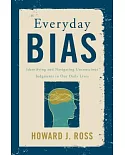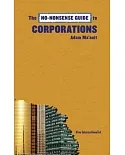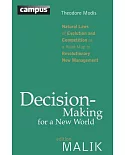How effective are multinational companies at improving working conditions in their supply chains? This book focuses on a crucial dynamic in private efforts at regulating labor standards in
international production chains. It addresses questions regarding the quality of rules (Are existing efforts to privately regulate labor standards credible?) as well as business demand for
private regulation (To what extent are different types of regulation adopted by companies?). This volume seeks to understand the underlying issue of whether private regulation can be both
stringent and popular with firms.
The study analyzes the nature and origins of, the business demand for and the competition between all relevant private regulatory organizations focusing on clothing production. The argument
of the book focuses on the interaction between activists and firms, in consensual (developing and governing private regulatory organizations) and in contentious forms (activists exerting
pressure on firms). The book describes and explains an emerging divide in the effort to regulate working conditions in clothing production between a larger cluster of less stringent and a
smaller cluster of more stringent private regulatory organizations and their supporters.
The analysis is based on original data, adopting both comparative case study and inferential statistical methods to explain developments in apparel, retail and sportswear sectors.





















